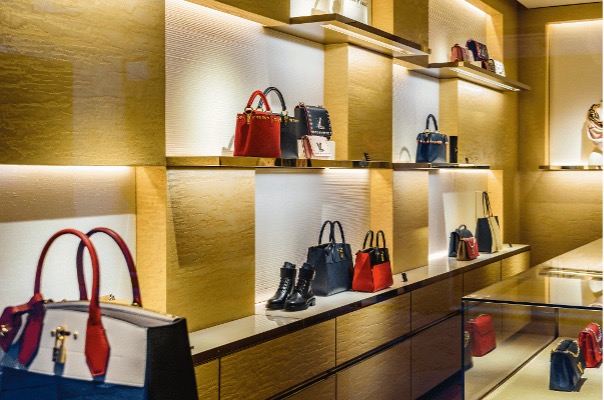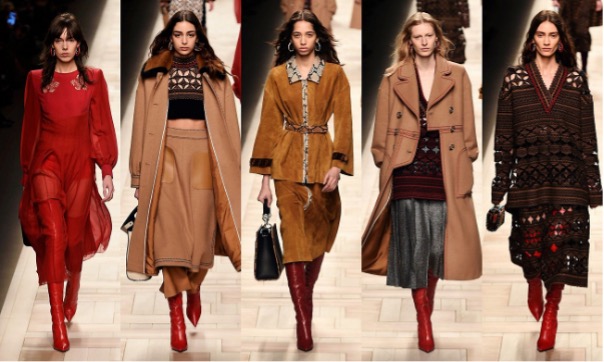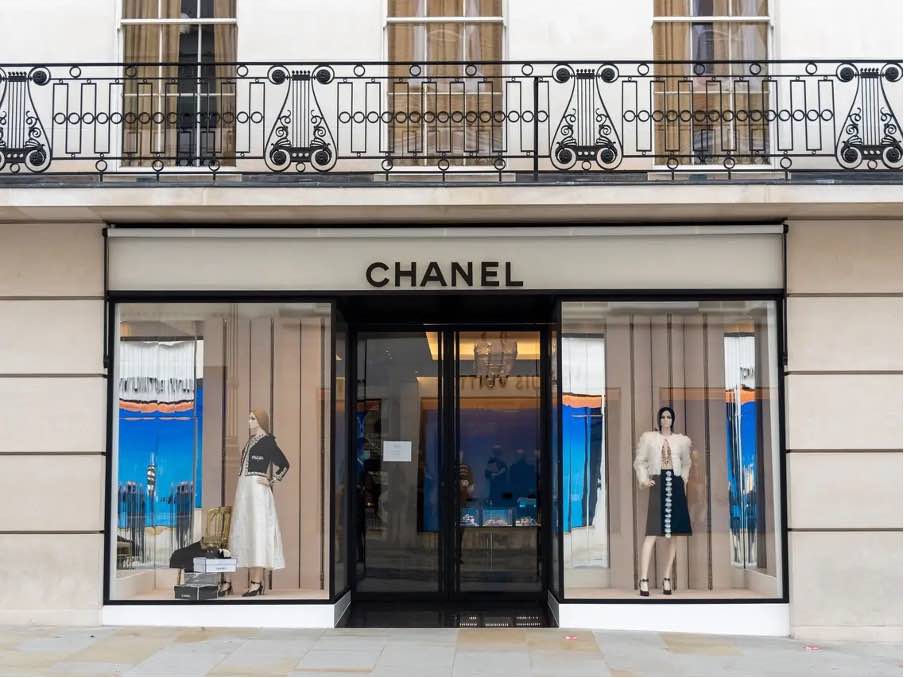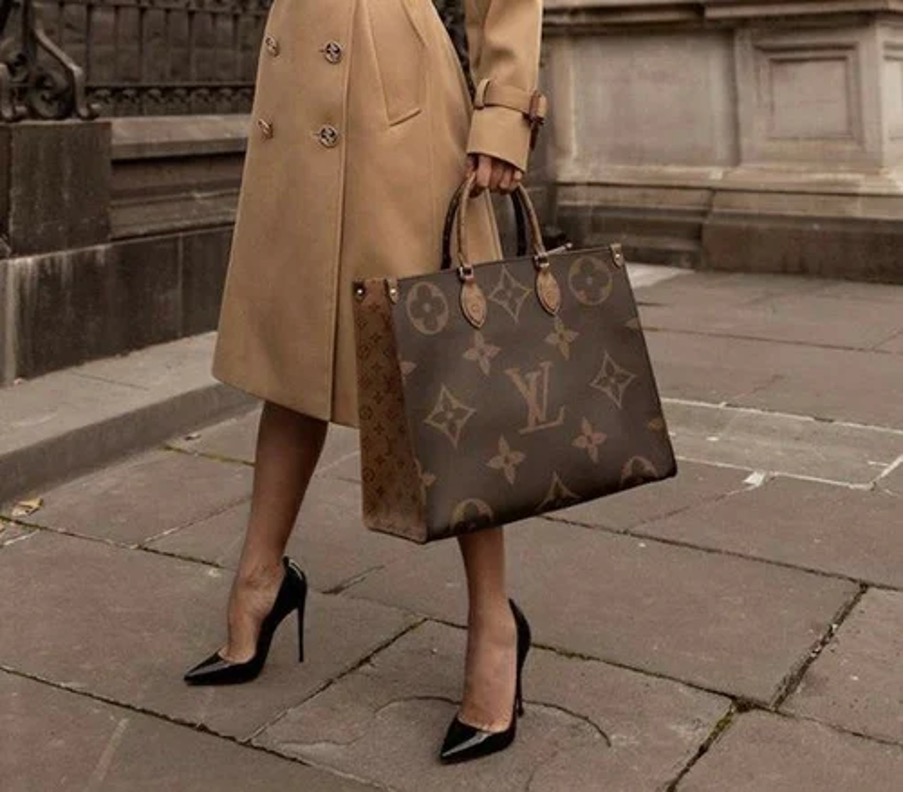Luxury brands hold a distinct position in the market that extends beyond the sale of only material goods; they promote a way of life, a sense of privilege, and a version of elegance. Luxury brands adopt strategies that are different from those used by mainstream brands, focusing on creating quirky brand identities, encouraging exclusivity, and providing outstanding customer experiences. In this write-up, we will examine some of the essential tactics used by luxury businesses to maintain their appeal and attractiveness.

As the nation’s economy continues to grow and the number of wealthy consumers rises, the luxury market in India is forecast to grow. The luxury market in India is divided into several key sectors, some of which are high-end merchandise, jewellery, watches, motorised vehicles, and hospitality. With flagship stores in prominent cities like Mumbai, Delhi, and Bangalore, well-known overseas luxury fashion companies are well-represented in India.
It is all about the experience, especially in the luxury fragrance and beauty markets. Beyond the product itself, customers want a sensory experience. Through in-store events, pop-up shops, and sensory-rich events, experiential marketing can be accomplished. These interactions can encourage clients to develop an emotional bond with the company and eventually increase sales. To get there, the firms must reconsider their marketing strategy and come up with fresh ideas to stay one step ahead of the competition.

Let’s delve into some of the strategies that luxury brands employ:
Heritage and narratives:
Numerous upscale businesses have lengthy histories that date back decades or possibly centuries. These companies make the most of their history by using it as the basis for their narratives. They develop storylines that appeal to consumers’ emotions. Luxury brands create a sense of authenticity and timelessness by emphasising their histories, craftsmanship, and inspirations for their creations.
Exclusivity and Limited Availability:
Luxury firms are aware of the fact that scarcity increases desire. Many premium firms strategically restrict how many of their products are available, giving the impression of exclusivity. The brand’s desirability is increased by limited editions, partnerships with well-known creators or designers, and personalised offerings that appeal to an exclusive target market.
High-quality Craftsmanship:
Exquisite craftsmanship is a tenet of luxury. Luxury-oriented companies make substantial advancements in the fineness of the raw materials and manufacturing procedures, yielding items that are not only aesthetically spectacular but also long-lasting. Craftsmanship supports the idea of value and explains why higher pricing points are imperative.
Design Innovation:
While the past is important, luxury firms work to keep their designs original. Their products stay relevant to shifting consumer preferences by balancing conventional elements with contemporary trends. Innovative designs show the brand’s capacity to flesh out without dropping what makes it tick.
Personalised Customer Experience:
To enhance trustworthy connections with their customers, luxury brands put a high priority on customised customer care. Luxury businesses give their customers a sense of worth and comprehension through shopping experiences and aimed advice. This tactic promotes loyalty and boosts customer retention.

Strong Brand Identity:
For luxury firms, branding consistency is essential. Every component, from logos and colour schemes to advertising campaigns, contributes to the identity of the brand. Consumers readily recognise and associate with the brand thanks to its consistency, which enhances its standing in the marketplace.
Influencer Partnership:
Luxury firms deliberately select brand ambassadors and influencers who share their values and appeal to their target market. These alliances increase the brand’s legitimacy and expose it to new markets. Luxury brands, on the other hand, are picky in their selections and favour quality above quantity.
Flagship Stores & Store Design:
A key aspect of the luxury experience is the actual retail setting. Flagship stores frequently possess stunning architecture and provide a multisensory experience that enhances the brand’s image. Luxurious surroundings, attentive service, and lavish decor all add to the overall sensation of luxury.
E-commerce and digital presence:
Although companies that specialise in luxury were first apprehensive about their online presence, they have just begun to embrace e-commerce and digital marketing. To adjust to shifting consumer purchasing habits, they develop unique online shopping experiences, keep visually appealing websites, and interact with customers on social media platforms.
Sustainability and Social Responsibility:
Sustainability and social responsibility are values that contemporaneous luxury customers place more emphasis on. Sustainable materials and ethical production adhere to are being included in the plans of many luxury company executives. Luxury brands appeal to a wary client base by adhering to these minimum requirements.
Virtual reality (VR) and augmented reality (AR):
Customers can have immersive experiences thanks to VR and AR technologies. Customers can visually try on apparel, cosmetics, and other items of clothing, as well as see how furniture will look in their houses, using augmented reality (AR) as an example. A virtual tour of a luxury property or hotel is one example of an immersive virtual experience that can be made with VR. Using this technology, businesses may give customers a distinctive and unforgettable experience.

In order to demonstrate some of the luxury brand strategies discussed previously, let us use the high-end clothing company Louis Vuitton as a real-world example:
Established in 1854, Louis Vuitton has an extensive history of producing high-end trunks and luggage. The origin of the company can be traced back to Louis Vuitton, who was renowned for his avant-garde creations like the flat-top trunk. For its premium and limited-edition collections, Louis Vuitton is well known. For instance, they work together to create limited-edition handbags and accessories with artists and designers like Virgil Abloh, Yayoi Kusama, and Jeff Koons, which are highly prized by collectors and fashion fans.
These partnerships frequently have a limited shelf life and supply, which gives them an air of exclusivity and urgency. It has strict quality control procedures that serve as a shining example of the brand’s dedication to workmanship. Each item is painstakingly made from the finest materials, including leather and canvas of the highest calibre. Customers can personalise their purchases at Louis Vuitton using options like monogramming and heat stamping. The company also provides made-to-order services for some of its items, giving clients a special, one-of-a-kind experience.
Customers may browse Louis Vuitton’s collections and place orders on its website thanks to the brand’s robust online presence. In order to connect with a larger, worldwide audience, the company also interacts with its audience on social media platforms by posting behind-the-scenes content, fashion presentations, and collaborations.
Louis Vuitton has made progress towards sustainability recently. In order to meet the growing consumer demand for luxury companies that are environmentally sensitive, they have implemented programmes to lower their carbon footprint and promote ethical material sourcing.

Conclusion
In conclusion, luxury brands meticulously craft their strategies to elicit feelings, forge connections, and uphold a sense of exclusivity. These companies expertly meld craftsmanship with storytelling, history with innovation, and individuality with aspiration. Given the help of these tactics, luxury businesses can prosper in a market that is dynamic and ever-changing while capturing the hearts and minds of shoppers seeking to add a little richness and elegance to their lives.
Written by – Sneha Jain
Edited by – Saba Godiwala
